
Kaitlin Bennett: The New Right Metapolitical Influencer
Kaitlin Bennett, also known as the ‘Kent State Gun Girl’, is a New Right metapolitical influencer who has amassed a global following from her controversial posts and videos. In the introduction video for her YouTube channel ‘Liberty Hangout,’ she describes herself as “the most hated conservative woman on the internet.”
Most of her videos consist of interviewing left-wing people at rallies or college campuses, asking them challenging political questions. In 2020, she has especially focused on the pandemic, Black Lives Matter protests, and the U.S. presidential election. She earned the nickname ‘Kent State Gun Girl’ after she went viral in 2018 for carrying an AR-10 rifle to her graduation at Kent State University, site of the infamous 1970 shootings. Bennett has been widely celebrated by right-wing Trump supporters and the target of much hate and ridicule from progressive and left-wing people (Sandler, 2020). Despite this, Bennett has successfully amassed a global audience for her conservative right-wing political message. What has led this ‘most hated woman’ to have such a prominent career as a metapolitical New Right influencer? And to what extent is the ‘hate’ that she receives key to success?
Kaitlin Bennett: metapolitical new right influencer
Before examining how Kaitlin Bennett became both widely hated and appreciated, I will first explain what exactly a ‘New Right metapolitical influencer’ is, and why Bennett is a good example of one.
"At first I was hated for my rifle, now I am hated for my microphone"
'The New Right' is a movement that differs from the ‘old right’ due to its focus on metapolitical goals. Metapolitics, as described by Maly (2020, p.2-3) is a political method that focuses primarily on the hegemonization of certain ideas in society. Instead of engaging in direct political action and change, metapolitics entails an accumulating production and circulation of ideas by intellectuals. The belief behind this is that as more and more right-wing ideas are introduced into society, they will eventually be so normalized and accepted that they become the new dominant ideology. According to metapolitics, in order to produce long-term political change, ideas and culture must be changed first (Maly, 2020, p. 2). Metapolitics goes hand-in-hand with the New Right movement, as it rejects a liberal and democratic society as we know it and aims to establish a new society that goes strongly against left-wing beliefs (Maly, 2020, p.3).
Because digital media can reach people from all around the world, it has proven to be an excellent tool in helping the New Right movement reach their metapolitical goals (Maly, 2019, p.1). Maly (2019, p. 6) describes this development as ‘New Right Metapolitics 2.0,’ in which digital media is the primary method for producing and circulating New Right ideas. Because social media reaches a larger and wider audience than traditional mass media ever could, it presents new opportunities for the integration and normalization of radical right culture and ideas.
A New Right metapolitical influencer, then, is someone who uses mainstream digital platforms, such as YouTube or Twitter, to spread their conservative, right-wing political messages and contribute to the New Right's metapolitical goals. In order to be successful, the metapolitical influencer must be competent in the affordances of digital media and culture, including knowledge of algorithms, shareability, and interaction (Maly, 2020, p.4). Kaitlin Bennett is a particularly interesting example of a successful metapolitical influencer.
Digital media and metapolitical messaging
Purely by the numbers on Kaitlin Bennett’s social media channels, it is clear she understands the logic of digital media. As of December 2020, her YouTube Channel ‘Liberty Hangout’ (Figure 1) has over 591K subscribers, the adjacent Twitter account ‘Liberty Hangout’ (Figure 2) has over 72,2K followers, and her personal Twitter page ‘Kaitlin Bennett’ (Figure 3) has over 405,3K followers. These numbers demonstrate that Bennett knows how to reach a large digital audience.

Figure 1: Liberty Hangout subscriber count as of December, 2020
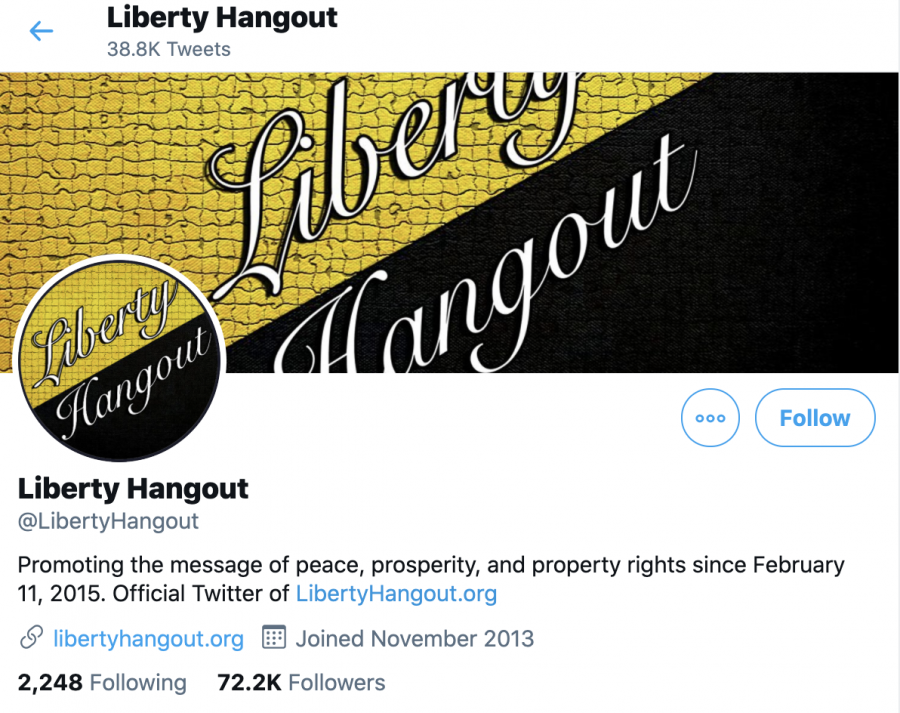
Figure 2: Liberty Hangout Twitter follower count as of December, 2020
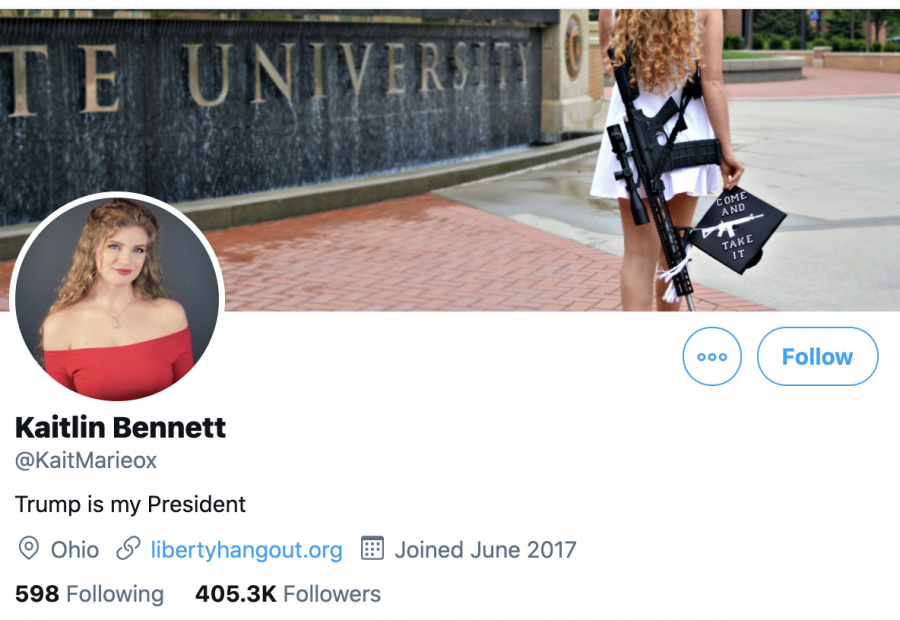
Figure 3: Kaitlin Bennett's Twitter follower count as of December, 2020
But what exactly is her key to success? Looking at her recent videos (Figure 4-5), they seems to generate a steady viewcount between 100K and 400K views. There are exceptions to this, like "Biden Supporter is Left Speechless' and 'College Student Can't Handle Different Opinions', that reach between 600K and 900K views. These most popular videos seem to be ones that go directly against left-wing beliefs, and have very provoking titles. By doing this, Bennett adheres to the 'cancel culture' trend that has been prevalent on the internet in recent years, in which public figures call out people's controversial or offensive actions and through this 'cancel' their career (Banka, 2020).
Bennett uses clickbait-like titles in her videos to outrage her followers, as they often call out people from the left for being inconsistent, inconsiderate, or unable to defend their political position. By provoking people from the left to cancel her, she ultimately gains more followers that agree with her controversial beliefs. This again shows that Bennett is aware of current trends on social media that attract viewers. Bennett also uploads regularly and consistently, with about 10 videos a month, which is favorable to the YouTube algorithms (Cannel, 2018).
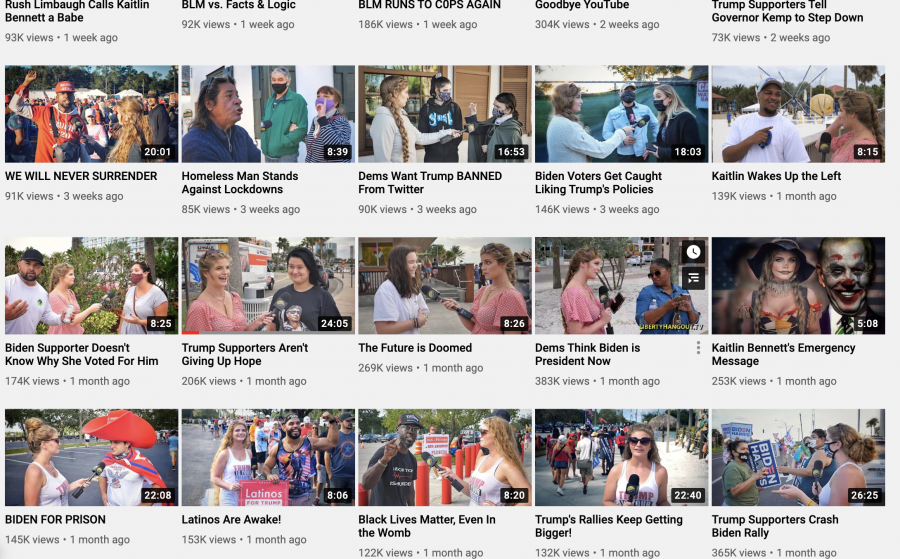
Figure 4: Screenshot of Kaitlin Bennett’s Latest Videos pt.1
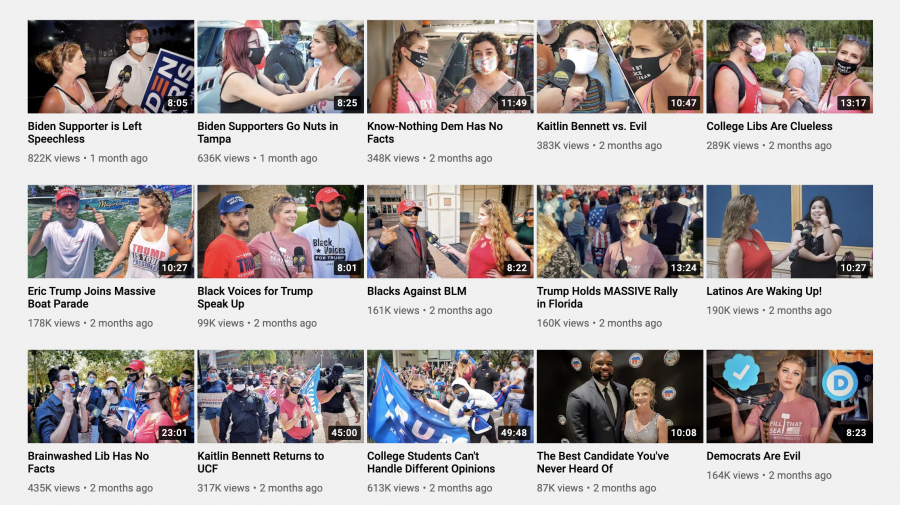
Figure 5: Screenshot of Kaitlin Bennett's Latest Videos pt.2
What becomes clear from this data is that Bennett has great algorithmic knowledge: she knows the importance of engagement, ‘clicks’ and consistency on a digital media platform like YouTube. Through her videos, Bennett not only attracts viewers who already agree with her right-wing beliefs, but also knows how to get people who strongly disagree with her to watch and engage with her videos. This can be seen in the comments under her channel introduction video ‘Kaitlin Bennett Uncensored’ (Figure 6), which are full of people that disagree with her, yet still watch her videos and leave comments, with some of these comments accumulating thousands of likes.
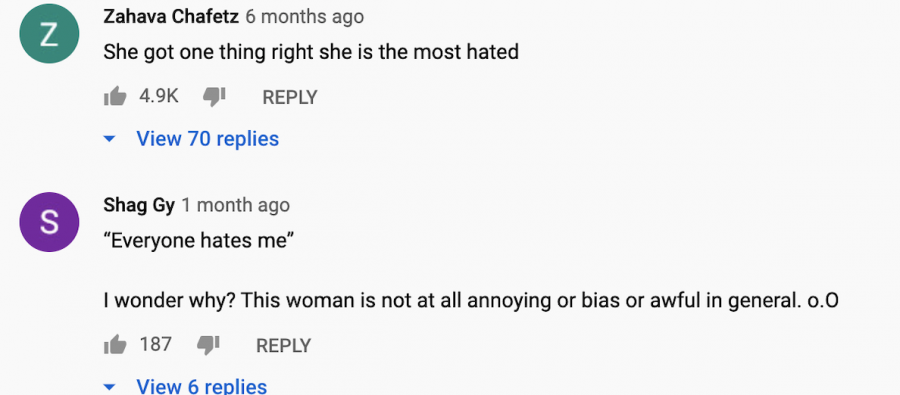
Example of comments under Bennett’s video ‘KAITLIN BENNETT UNCENSORED’
The like-to-dislike ratio on her videos also shows that her videos are watched by both supporters and detractors. In the same introduction video, which has over 340K views, she has a like-to-dislike ratio of around 60/40 percent, with 11K likes and 7,8K dislikes (Figure 7).

Figure 7: Likes and dislikes on Bennett’s video ‘KAITLIN BENNETT UNCENSORED’
This shows that Bennett uses the social media logics to attract a wide audience of both supporters and opponents, which ultimately increases her overall notoriety. This explains why Bennett has branded herself as “the most hated conservative woman on the internet”: she is aware that even bad attention on the internet is still attention. This is characteristic of the New Right Metapolitics 2.0 that Maly (2019, p. 6) describes.
Through this she has created a network of people who all watch and engage with her videos, even if almost half of this audience does not agree with her. The more people watch and interact with her content, the more they are ultimately contributing to her metapolitical goal: spreading New Right ideas to a large enough audience that they will eventually be integrated into society. Maly (2020, p.4) describes this phenomenon as the creation of ‘networks of influence’, in which the more people interact with her content, the more this content is spread and found by new people. This also explains why Bennett chooses to make such controversial content with provocative titles: more attention means a larger group to influence with her metapolitical, New-Right ideas.
The hybrid media system
Another important aspect of the New Right political strategy is the usage of the hybrid media system. In their paper Politics in the Age of Hybrid Media: Power, Systems, and Media Logic, Chadwick et. al. (2016, p.4) describe the hybrid media system as a transitional phenomena between ‘old’ media, such as TV or radio, and ‘new’ media, such as Twitter and YouTube. This does not mean there is a clear-cut transition between the ‘old’ and the ‘new’, but rather that there is a hybrid in which the two interdependently influence each other. Online and offline actors, such as journalists, politicians, and activists, use this hybrid media system to manipulate information flow to the public and in doing so alter existing power relations (Chadwick et. al., p.5). Importantly, this theory showcases how online activity can directly influence offline activity, and vise versa (Chadwick et. al., p.11).
Bennett also adopts a hybrid of ‘old’ media methods and ‘new’ media methods. For example, she adopts the ‘older’, traditional TV-method of approaching interviewing people on the street, but at the same time adopts a ‘newer’ method by uploading the footage to YouTube, a large digital media platform. She simultaneously spreads her views to the people she interviews offline and her online audience. Bennett makes use of the hybrid media system by using ‘traditional’ media techniques, e.g. interviews and debates, but at the same time uses her knowledge of digital media to generate attention and spread her political message to an even larger audience.
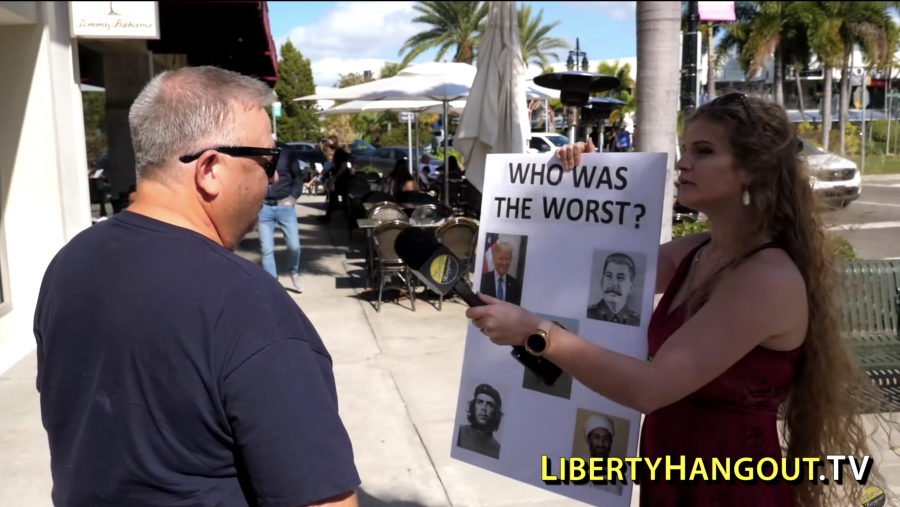
Figure 8: Example of Bennett interviewing people and promoting her website in her videos.
Another aspect of this is Bennett's website, which she promotes in her YouTube videos. The lower right-hand corner of all of her YouTube videos features a watermark refering to her website ‘LibertyHangout.tv’ (Figure 8). The URL leads to a homepage which describes the site as ‘The official TV home of Kaitlin Bennett’ (Figure 9).
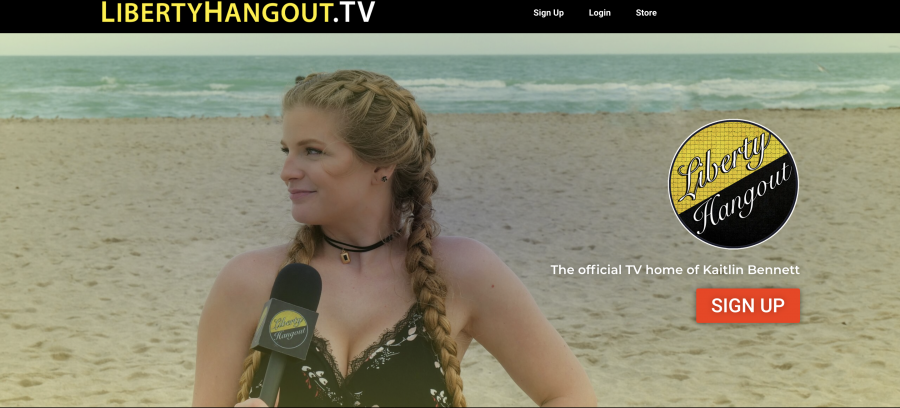
Figure 9: Homepage of LibertyHangout.tv
The fact that she uses the word ‘TV’ in the URL and as a description of her website showcases how she combines 'old' and 'new' media logic. Additionally, the website requires users to purchase a subscription in order to watch ‘uncensored’ content, ranging from 15 dollars a month to 59 dollars a year (Figure 10). This is similar to a subscription one might buy in order to gain access to specific TV channels.

Figure 10: The Subscription Fees for LibertyHangout.tv
Overall, the data have shown that Kaitlin Bennett has good knowledge of how to use the hybrid media system to her own benefit. She has used 'new' digital media to generate a large audience from both the left and the right, but uses 'old' media methods to create alternative platforms for people to support her to an even larger extent. By doing this, Bennett has found a way to control information flows online, which helps her spread the New Right political message. The usage of the Hybrid Media System, therefore, is another example of how digital media is used to achieve metapolitcial goals.
Alternative influence networks
Kaitlin Bennett's website, mentioned above, differs from the other digital media platforms that she uses because it is primarily geared towards people that already hold the same beliefs as she does. It is therefore an even more specific network than the ‘networks of influence’ mentioned above. While the creation of ‘networks of influence’ is geared towards reaching a large audience, this website is geared towards creating connections between people with existing similar beliefs.
tLewis (2018, p.8) describes this phenomenon as ‘the Alternative Influence Network’, which entails the creation of a network of association based on similarities in ideological beliefs. While actors within the network generally operate independently from each other, there are collaborations, references and interlocking series of videos that connect them. An example of this can be seen in Figure 11, which shows a video in which Bennett collaborates with Andrew Torba, another New Right metapolitical influencer, in order to share their political ideas about social media.
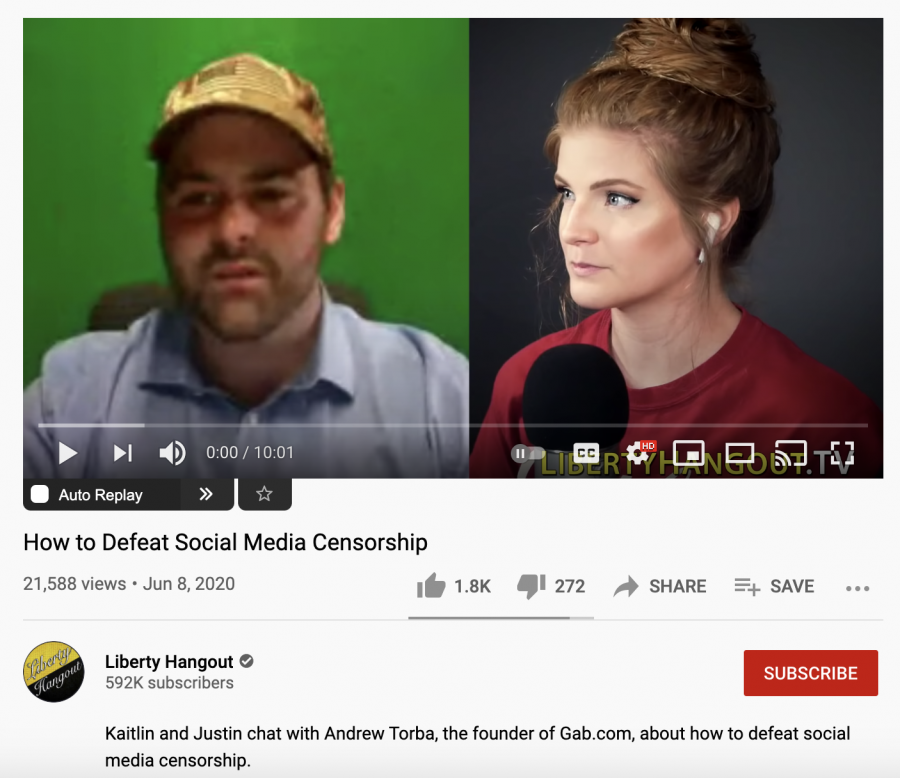
Figure 11: Bennett’s collaboration with Andrew Torba in June, 2020
What is especially interesting about this video is that Andrew Torba, similar to Bennett, has created his own alternative social media platform, called GAB (Dickson & Wilson, 2018). This platform is particularly known for having a far-right and extremist user base, and is strongly against censorship on social media. GAB can be seen as a New-Right version of Twitter or Facebook, and was explicitly made for escaping restrictions on mainstream social media. Bennett's website 'Liberty Hangout' is different in this regard - it is an indpeendent website and not an alternative to mainstream social media. However, the conviction and belief system behind the website are similar to Torba's GAB. Their collaboration showcases different metapolitical influencers working together to generate more attention for alternative platforms and therefore connect more people who hold similar political and ideological beliefs. This, then, creates an ‘Alternative Influence Network’ as described by Lewis (2018).
The creation of this alternative influence network also contributes to the metapolitical goals of New Right influencers. While the usage of digital media and the hybrid media system is a necessary to generate a large, global audience and spread the New Right political message, it is only the first step in achieving the normalization and hegemonization of these ideological beliefs.
Based on Bennett's YouTube content and website, it is clear that she is actually very much against the workings of many popular digital media platforms. In her video “Goodbye YouTube” (Figure 12), uploaded in December 2020, she talks about how she believes that YouTube has changed in favor of the left. She claims that she is constantly being censored, or has to censor herself, in order to be able to upload a video without it getting removed or demonetized. The title of the video also seems to suggest that she wants to leave YouTube, although she has not yet done so.
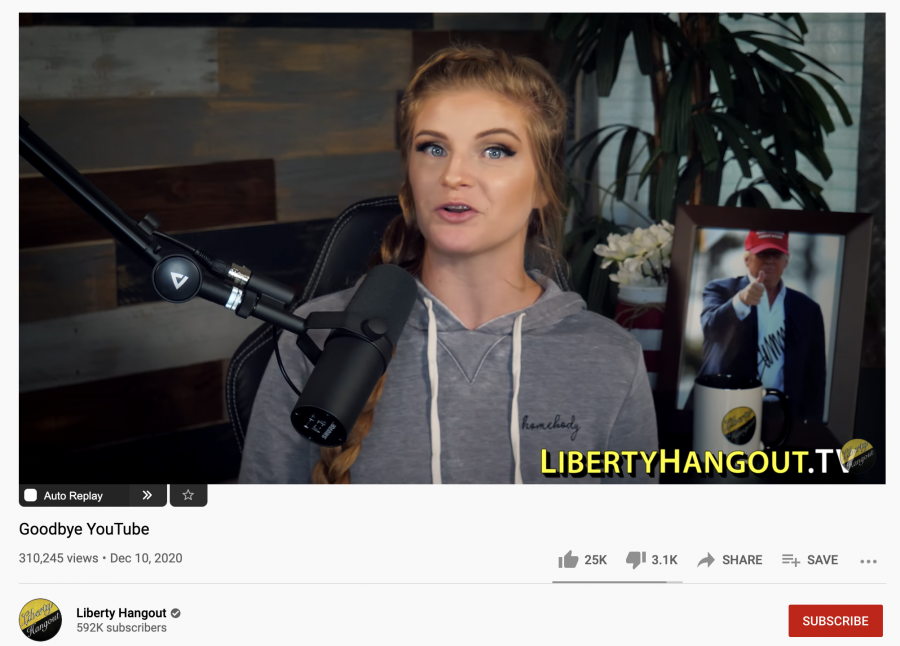
Figure 12: Kaitlin Bennett’s video called ‘Goodbye YouTube’
What this seems to demonstrate is that Bennett is progressively building up an alternative influence network, in which she can fully express herself without being censored by ‘leftist’ social media platforms. By attracting people to her videos, she is building a niche of people that have the same ideological beliefs as her. She has to be a successful influencer first, using the affordances of mainstream digital media to generate a large audience, before she can fully transfer over to alternative media platforms. The creation of her website ‘LibertyHangout.tv’ which offers paid ‘uncensored’ content is the first step in this metapolitical process, and it is likely that once she has obtained an audience large enough to effectively circulate New Right ideas in society, she will fully transfer over to these alternative media platforms.
Using algorithmic knowledge to spread the metapolitical message
In this article I have shown that Kaitlin Bennett’s usage of digital media, and especially her algorithmic knowledge, has made her both popular and hated, but has ultimately led her to become a successful metapolitical New Right influencer.
The data from her social media, especially her YouTube channel ‘Liberty Hangout’, have shown that Bennett uses her knowledge of digital media affordances to achieve her metapolitical goals. She knows exactly how to attract ‘clicks’, viewers, and engagement, even if a large part of her audience disagrees with her. I have argued that although a significant part of her online audience holds opposing political beliefs, the attention her content generates still ultimately contributes to her metapolitical goals. The more people are reached online, the larger the extent is to which metapolitical New Right ideas are spread and normalized in society.
Further, Bennett uses the hybrid media system to reach both an online and offline audience. She uses traditional methods, such as interviews and public debates, but also uses social media to spread this content to a worldwide audience. Bennett has even created her own alternative influence network through the creation of her own website with exclusive, uncensored content for members, and through collaborations with other metapolitical influencers.
While the usage of digital media is an important first step in spreading the New Right message to a large audience, I believe that the creation of alternative influence networks with people that all hold the same political and ideological beliefs is what will ultimately lead to the normalization and hegemonization of the New Right ideas, and therefore is the end-goal of Bennett’s metapolitical agenda.
References
Banka, N. (2020). Explained: What is 'cancel culture'?. Indianexpress.com. Retrieved January, 2021.
Cannell, S. (2018). Why Consistency is Key for Growing Your YouTube Channel. Linkedin.com. Retrieved January, 2021.
Chadwick, A., Dennis, J., Smith, A.P. (2016). Politics in the Age of Hybrid Media: Power, Systems, and Media Logic. In Axel Bruns, Gunn Enli, Eli Skogerbø, Anders Olof Larsson, and Christian Christensen (eds) (pp. 2-25) The Routledge Companion to Social Media and Politics (Routledge).
Dickson, C., Wilson, C. (2018). Who Is Gab Founder Andrew Torba?. Huffpost.com. Retrieved January, 2021.
Lewis, R. (2018). The Alternative Influence Network. Alternative Influence: Broadcasting the Reactionary Right on YouTube. (pp. 8-14). Datasociety.net. Retrieved January, 2021.
Maly, I. (2020). Metapolitical New Right Influencers: The Case of Brittany Pettibone. Social Sciences, 9(7), 113.
Maly, I. (2019). New Right Metapolitics and the Algorithmic Activism of Schild & Vrienden. Social Media + Society.
Sandler, R. (2020). Who Is Kaitlin Bennett, The Conservative Gun Rights Activist Sparking Protests On College Campuses? Forbes.com. Retrieved January, 2021.